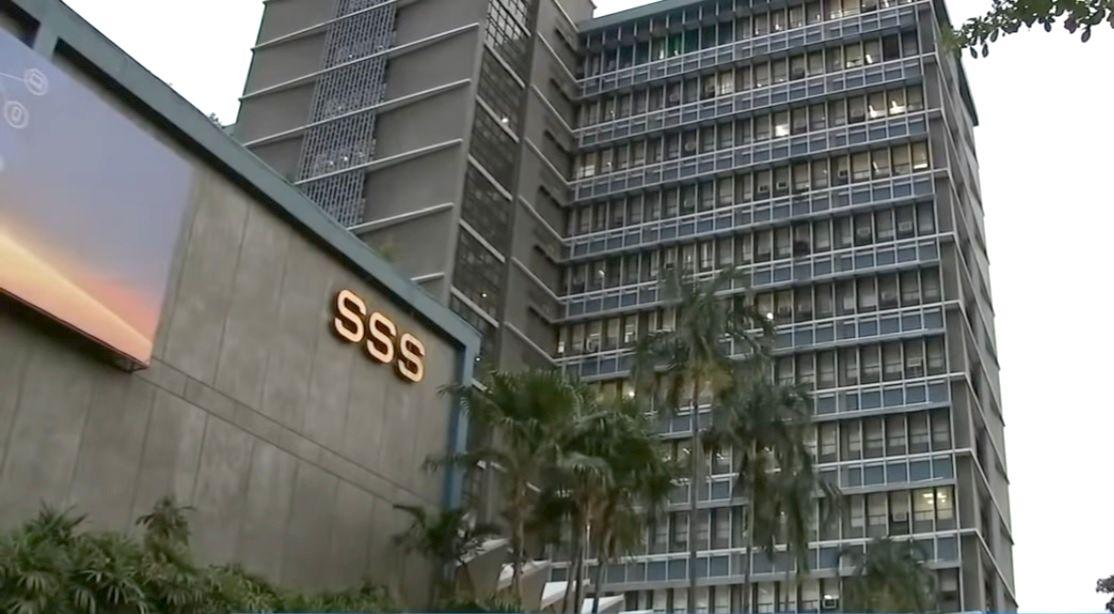
Pakistan Petroleum Limited (PSX: PPL) stands as a cornerstone of the country’s energy sector and a leading supplier of natural gas. As one of the largest exploration and production companies in Pakistan, PPL plays a pivotal role in exploring, prospecting, developing, and producing oil and natural gas resources. The company contributes over 20% of the nation’s total natural gas supply while also producing crude oil, natural gas liquids (NGL), and liquefied petroleum gas (LPG), solidifying its position as a key player in meeting Pakistan’s energy needs.
Past financial performance PPL has been one of the key performers in the domestic oil and gas exploration and production sector. However, over the years, oil and gas production has been witnessed across the sector due to depleting reserves, and small discoveries. FY18 was a favorable year for the upstream oil and gas sector because of the upward trend in oil prices.

Higher oil prices continued to complement PPL’s financial performance as the company reaped the benefits of investing in exploration and drilling during low oil price years and earned the second-highest profit in its history during FY18. In FY19, significant currency depreciation lifted PPL’s earnings. PPL’s topline witnessed a growth of 30 percent year-on-year, and the company announced a 35 percent year-on-year increase in the unconsolidated bottom line for FY19.
Amid flattish growth in volumetric sales of oil and gas and some recovery in oil prices, the growth in revenues had largely to do with currency devaluation during the year. In FY19, PPL’s gas production declined again marginally by around 1.7 percent year-on-year, whereas Condensate/NGL/Oil & LPG production increased by approximately 1.
3 and 22 percent year-on-year, respectively. The decline in gas volumes was due to the natural decline of mature fields. The biggest challenge for the exploration and production sector in FY20 during the pandemic was the weak oil prices In addition, falling oil and gas production volumes amid depleting resources have been a key concern for the domestic E&P sector.
PPL’s decline in earnings in FY20 was lower than what the market expected. The E&P company’s unconsolidated revenues were seen falling by around 4 percent year-on-year. PPL’s earnings for FY20 fell by over 18 percent year-on-year.
During FY21, PPL’s natural gas production declined by around 4 percent year-on-year; however, the crude oil and NGL production increased by around 3 percent year-on-year. The declining gas production coupled with a fall in the Sui wellhead price were the main factors for dragging the E&P giant’s revenues in FY21. However, PPL’s bottom line grew by over 4 percent year-on-year in FY21 despite lower topline and lower other income primarily due to declining exploration and prospecting expenditure.
PPL posted a decline in crude oil and natural gas production for FY22 as well. However, the company’s revenues grew by over 36 percent year-on-year due to a whopping increase in international oil prices as well as an increase in Sui gas wellhead prices. Along with higher prices, PPL’s revenues also benefited from significant currency depreciation, with no noticeable increase in operating costs.
Despite more than twice the increase in exploration and prospecting expenses, the company’s profit before tax rose by 43 percent year-on-year. PPL incurred a loss from its associate, Pakistan International Oil Limited during the year. Though the company’s profit before tax depicted noticeable growth in earnings, PPL’s bottom line grew only by two percent year-on-year due to the imposition of super tax.
PPL in FY23 FY23 was a good year for the oil and gas exploration and production companies as the currency depreciation and price increase boosted profitability. PPL also reported massive growth in its earnings for FY23. The growth came from the top as revenues of the E&P firm were seen growing by 42 percent year-on-year in FY23.
The rise in revenues came not only from higher prices but also from PPL’s ability to make progress with volumetric sales. Where the oil sales remained stable, the gas sales picked up by 2 percent year-on-year during the year. Other factors that contributed to revenue growth were the rise in gas wellhead prices of Sui and the depreciation of PKR against USD.
Despite the rise in royalty expenses and operating costs, PPL’s gross profit was seen rising by around 46 percent year-on-year with a 1.8 percentage point rise in gross margins for FY23. Another key contribution to the bottom line of the PPL was the contraction in exploration and prospecting expenditure – a major cost factor for the oil and gas E&P companies.
The decline in exploration and prospecting expenditure was due to the lower cost of dry wells during the year. Share of loss from associated also slid down while other income increased on the back of exchange gains witnessed during the year for PPL. Growth in PPL’s earnings grew by 83 percent year-on-year in FY23.
It is expected that there will be a revision in gas prices, which would help the company to solidify profitability further and improve liquidity, which has been affected due to the accumulation of circular debt. PPL in FY24 and beyond In FY24, Pakistan Petroleum Limited (PSX: PPL) reported a 17 percent year-on-year growth in earnings, despite challenges in revenue generation and cost management. This profitability growth was primarily driven by a favorable court ruling that allowed the reversal of tax provisions related to depletion allowances during the year.
PPL’s net sales increased marginally by 1 percent year-on-year, driven mainly by the 12 percent year-on-year depreciation of the PKR against the US dollar, which offset the decline in oil and gas production volumes. Oil production fell by 3 percent year-on-year, while gas production dropped significantly by 13 percent, mainly due to operational challenges and supply interruptions. In 4QFY24, PPL reported an 11 percent rise in profits.
On the cost side, operating expenses increased by 13 percent year-on-year, with a notable surge of 37 percent in the fourth quarter. Research notes attribute this rise to well-intervention activities and heightened field expenditures at key locations. However, exploration costs dropped significantly by 12 percent during FY24, while other income rose marginally by 1 percent year-on-year.
PPL declared a final cash dividend of Rs2.50 per share, bringing the total dividend payout for FY24 to Rs6.00 per share, reflecting a payout ratio of 14 percent, compared to 7 percent in the previous year.
The first quarter of FY25 proved challenging for the oil and gas exploration and production sector due to weaker oil prices, declining production volumes, and an appreciating PKR. During 1QFY25, PPL reported a 20 percent year-on-year decline in earnings, though a favorable cost structure helped partially mitigate these challenges. PPL’s topline during 1QFY25 decreased by 15 percent year-on-year, reflecting a 10 percent drop in oil prices and reduced production.
Oil and gas production declined by 11 percent and 7 percent, respectively, due to aging fields and lower output from both PPL-owned and partner-operated fields. The appreciation of the PKR further compressed revenues. Exploration expenses during 1QFY25 decreased by 24 percent year-on-year, partially due to the absence of dry wells and reduced exploration and seismic activities, which contributed to lower exploration and drilling charges.
This decline, however, was counterbalanced by a sharp increase in other income, which rose by 70 percent year-on-year, primarily due to significant late payment fees and improved cash and cash equivalents. PPL announced an interim cash dividend of Rs2.00 per share for 1QFY25.
A positive development has been the gradual recovery of outstanding trade debts from gas utility firms, facilitated by energy sector reforms under the IMF program. This recovery is expected to prevent future debt accumulation, freeing up cash flow for exploration activities and dividends..















